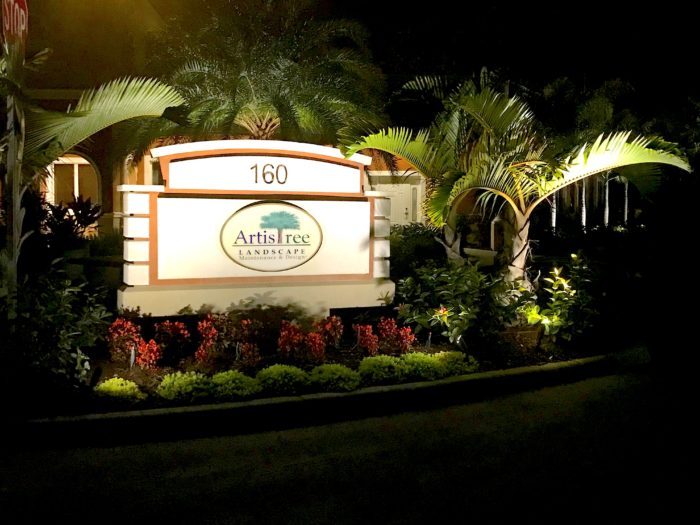DON’T LET FUNGUS HAVE A FIELD DAY WITH YOUR INDIAN HAWTHORNE.
Q: My once brilliantly green and thriving Indian Hawthorne now has yellowed foliage marred with brown mottling and spots. What is this and how should I treat it?
A: Your Indian Hawthorne has Entomosporium, or fungal leaf spot. It’s a common problem during our frequent summer rains, exacerbated by high humidity and damp conditions. In Indian hawthorn, fungus often first appears as a yellowing of the leaves followed by visible spots. These spots may be small, large, few or many, and occasionally can consume the entire leaf. Affected leaves may turn tan or red and even fall off if left untreated. How does it happen exactly? Fungal leaf spot occurs when airborne spores are deposited on wet foliage. The water activates the spores and they begin to grow.
To stay ahead of the fungus game, plant varieties of Indian Hawthorne that aren’t susceptible to leaf spot, such as Olivia, Eleanor Tabor, Indian Princess, Gulf Green, Georgia Petite and Georgia Charm. Use drip irrigation, if possible. Be sure to remove severely infected leaves and throw them away (that goes for fallen leaves, too). Fungus prefers to infect tender, young leaves, so hold off on pruning and fertilization. Both practices encourage new growth during the growing season (translate: more spores).
Fortunately, a broad-spectrum fungicide can successfully treat and help prevent leaf spot and other fungal diseases. Don’t let fungus have a field day with your Indian Hawthorne. Apply a fungicide as soon as new growth appears each year to keep your plants healthy and looking their best.

941.488.8897
Need an HOA landscape maintenance proposal or a landscape renovation? Call ArtisTree, the only independently owned, nationally ranked landscape company in Southwest Florida. We proudly serve Sarasota, Manatee and Charlotte counties.
Category Fungus
Tagged with: fungicide, Indian hawthorne pests, plant disease, plant fungus, best practices for Indian hawthorne, fungal leaf spot



